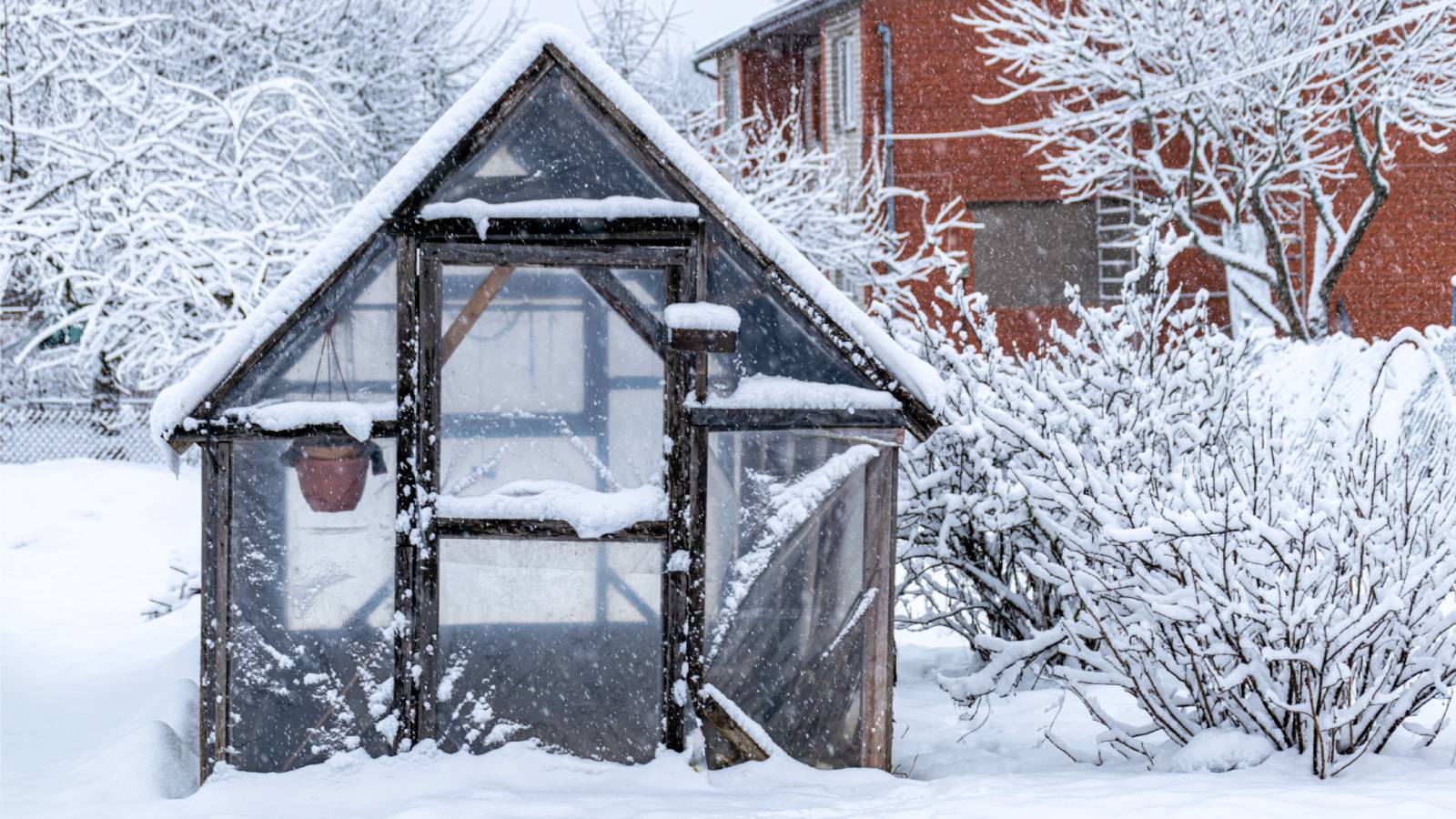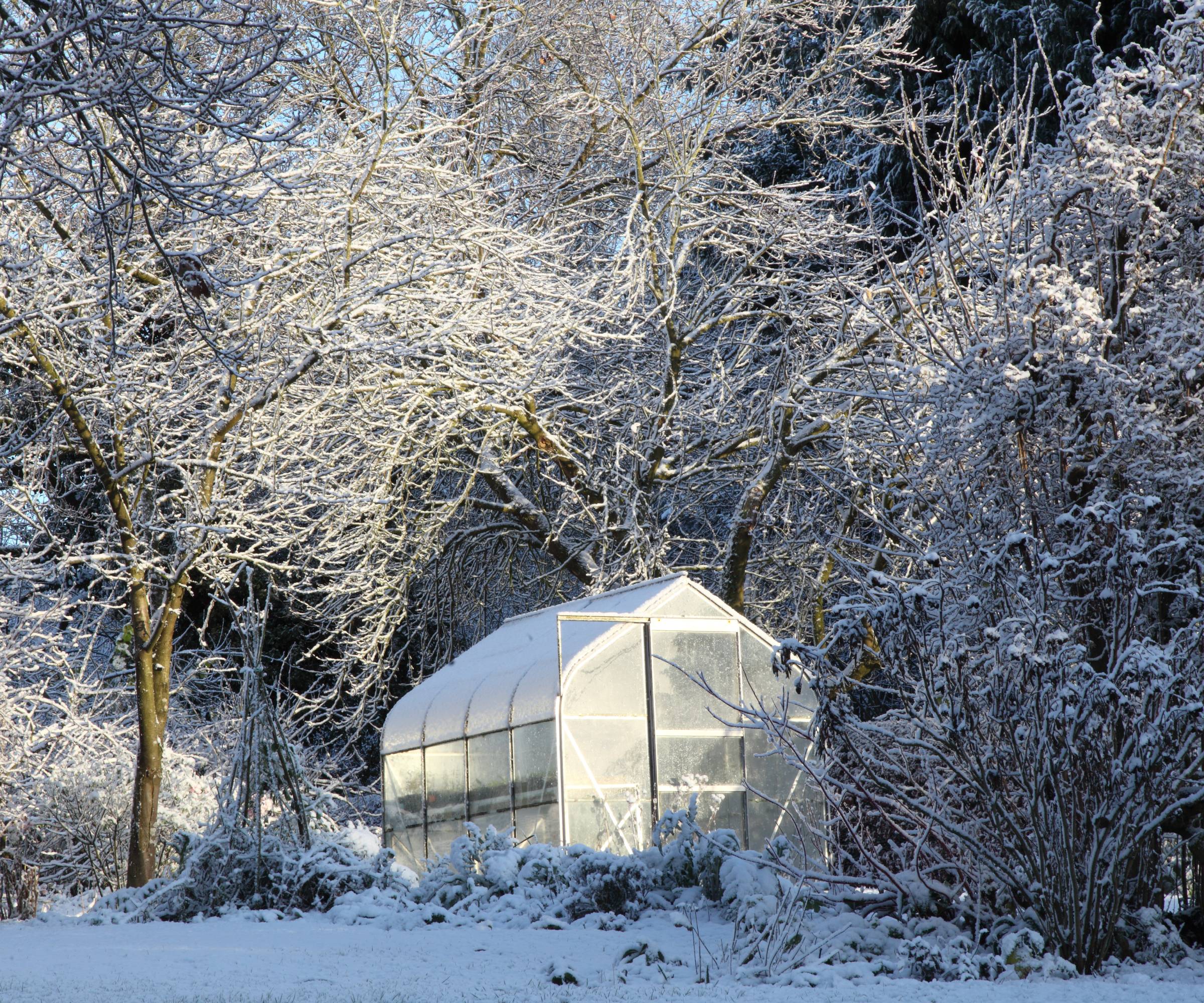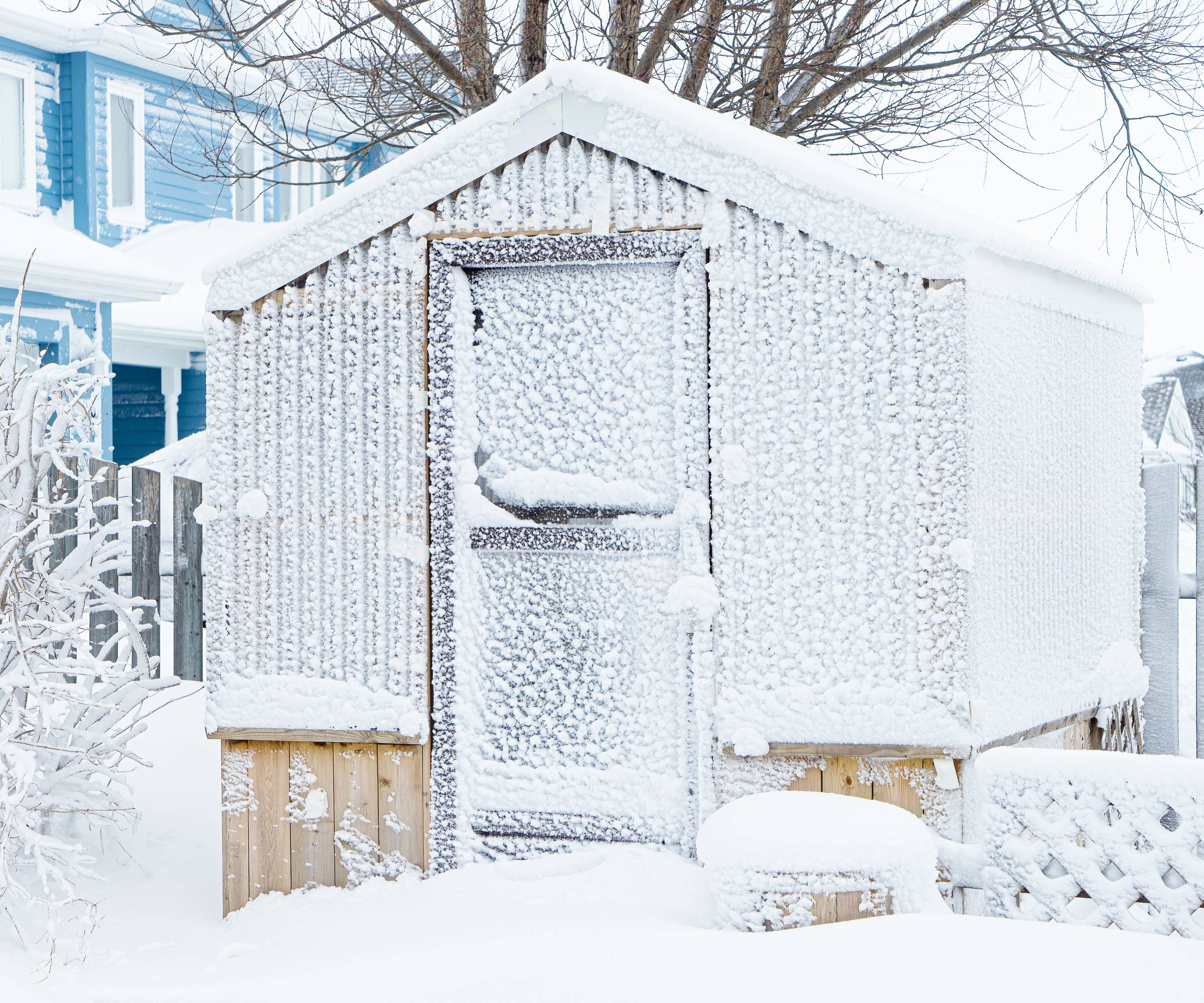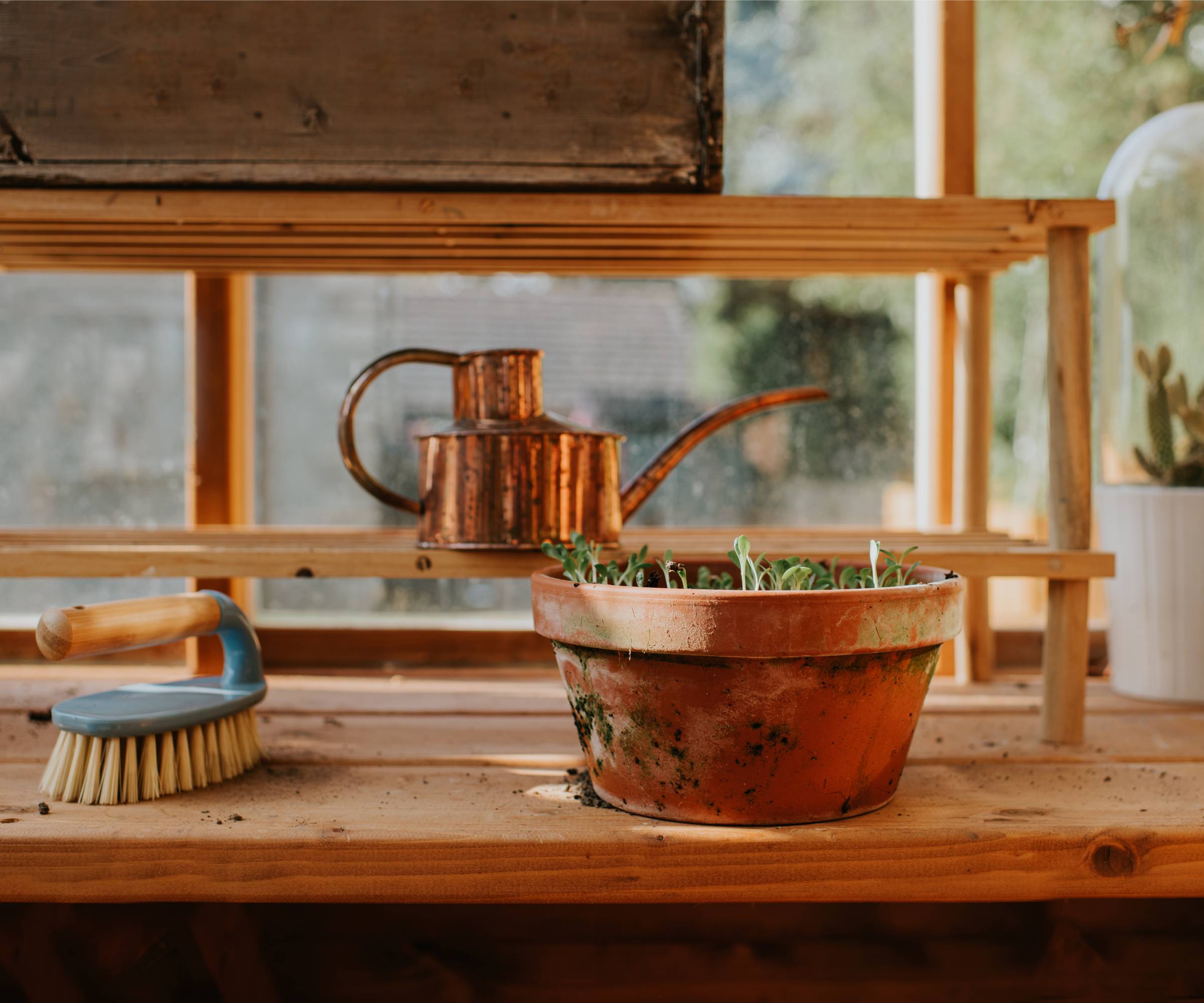How To Prepare Your Greenhouse For Winter – To Keep Growing All Year
A winter greenhouse can be a joy when you can harvest fresh crops in the coldest months. It takes some prep and upkeep to maintain optimal conditions.

Winter greenhouses and high tunnels are excellent tools that enable us to grow crops year-round. Greenhouse winter prep varies a bit depending on how elaborate your greenhouse system is, but there are general tasks that apply in any case to prepare a greenhouse in the winter. Read on to learn what you need to do to ready your greenhouse garden for the winter months.
Can You Grow in a Greenhouse in Winter?
You can grow in a greenhouse during the winter. You can also grow in high solar tunnels, although, the crops you can grow are primarily cool-season types unless you live in a mild climate or have temperature controls. Both structures allow the gardener to virtually garden year-round regardless of weather conditions.

How to Prepare a Greenhouse for Winter
If you’re lucky enough to have a greenhouse, you’ll need to know how to maximize its use, which requires both maintenance and monitoring. Simple, DIY greenhouses may not have heat pumps or supplemental lighting, so they are more difficult to maintain during the winter months. However, unheated greenhouse growing is still achievable. Larger, more expensive greenhouses have heat, added ventilation, and grow lights, which means they can be used regardless of conditions outside.
So what do you need to do to prepare your greenhouse for winter? You want to make sure the structure is sound first of all.
- Seal any cracks in the foundation or baseboards and weatherstrip around doors. Any gap can be a major source of heat loss so eliminating as many of these as possible not only saves money but makes the greenhouse function more efficiently.
- Tighten bolts, fasteners, and connectors. Check to see if the cables and bracing are tight on diagonal frames. Make sure to have heavy-duty lumber to brace the house if needed.
- In hoop houses, make sure you have 2 x 4 posts ready for use as bracing under the ridge in the event of heavy snow. Add extra trusses and bracing to secure the hoop house during high winds.
- Clean those gutters and clear drainage swales around the foundation to prevent standing water and ice.
- Secure the glazing to prevent tearing and repair any torn areas of plastic. Remove any shading you may have put up in the summer months.
- Finally, make sure to have on hand a long-handled broom with soft bristles to push snow off the house without damaging it, and some backup poly sheeting for temporary repairs. Snowshoes and extra-long handled shovels are also likely to come in handy.
If you have more than one greenhouse, clear a path between each unit so snow removal is more easily accomplished. Leave a clearing that is at least 10-12 feet (3-3.5 m) between houses.
How to Prepare Greenhouse Energy Systems for Winter

- Prior to winter, it’s time to do a check on your greenhouse heating system.
- Clean ducts, pipes, radiators, and heat exchangers.
- Calibrate the thermostat against a digital thermometer.
- Make sure your flue and chimney pipes extend 2 feet (61 cm) above the roof ridge. Cover outdoor fuel tanks.
- You should also check on vents and fan systems prior to winter. They should be closed to reduce cold air drafts on your plants and to save energy.
- Before you close up, check fan belts for wear and tear, drain the evaporative cooling system, and clean and service horizontal airflow fans.
Preparing Water Systems and Backup Power
Before winter hits, you should also check on the greenhouse’s water systems. Drain both the hot and cold water tanks and reset the pressure. Clean the screens and filters.
While you’re at it, check the temperature of the hot water tank. To minimize condensation and maximize heat retention, insulate the pipes with at least a ½ inch (13 mm) foam insulation. Check for water leaks and fix them.
Sign up for the Gardening Know How newsletter today and receive a free copy of our e-book "How to Grow Delicious Tomatoes".
You should also be sure to check on your backup power source. Obviously, with stormy weather conditions, you need to have a standby generator at the ready along with extra fuel.

Frequently Asked Questions
What is the best greenhouse for winter?
This really depends on your climate and of course, your budget. For cold climates with lots of snow, look for a greenhouse that can withstand heavy snowfall and has superior insulation and efficient heating. A geodesic dome comes to mind, and a geothermal greenhouse can be warm and sustainable. Warmer climates don’t need as much climate control and can often get by with a simple poly greenhouse, but don’t forget about the wind.
How cold is too cold for a greenhouse?
The temperature of a greenhouse depends on what is being grown in it but most crops survive temps at 50 F (10 C). Cool-season crops tolerate temperatures down to 35-40 F (2-4 C) while warm-season or cold-sensitive crops need temps above 55 F (13 C).
Will an unheated greenhouse keep plants from freezing?
Sorry, by itself, an unheated greenhouse will not keep plants from freezing. You can, however, protect the plants inside the unheated structure by covering them with fleece or bubble wrap. You can also dig down to warmer ground inside the greenhouse and heel in the plants in groups. Or, keep a compost pile in the unheated greenhouse which will warm things up enough to prevent the plants from freezing.

Amy Grant has been gardening for 30 years and writing for 15. A professional chef and caterer, Amy's area of expertise is culinary gardening.
